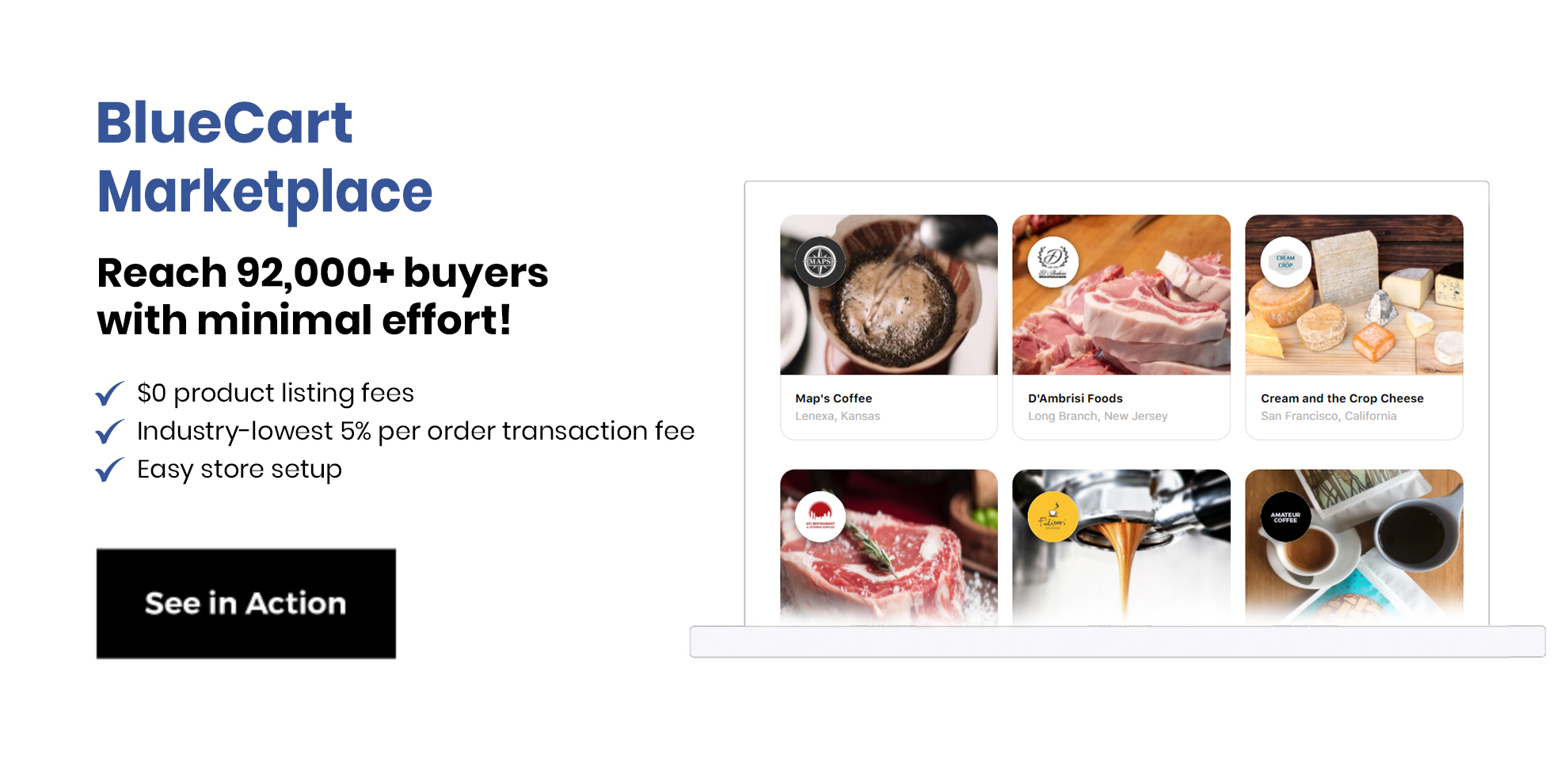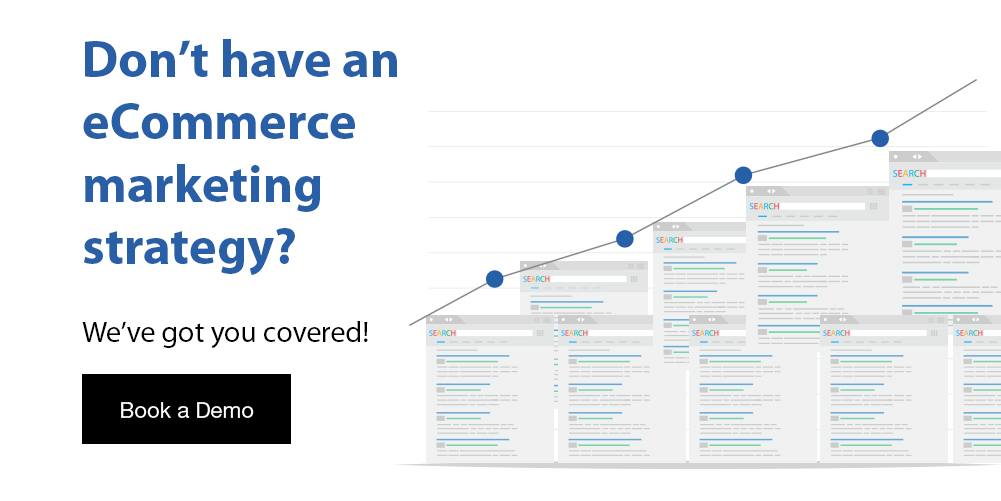A solid packaging design strategy is an integral part of the supplier's role in the restaurant industry value chain. A supplier is the first line of defense against the dangers of spoiled food and product recall. Thorough packaging protects products from potholes, uneven surfaces, and anything else that bumps and jostles your goods during transit. It must also withstand the demands of long-term storage and distribution. Packaging is proven to drive reputation and have a direct correlation to stock identification, which is essential when evaluating productivity and efficiency.

As you might have guessed, packaging’s first goal is to protect goods, but that doesn't mean it can't have a few extra benefits as well. The rule of thumb states that "your products should be able to survive a 4-foot drop at several different angles without damage" The angles used for evaluation are:
Packaging Design Tips
If you're looking to search every nook and cranny for ways to reduce costs, packaging design is an often-overlooked place to check. If you're looking for a general checklist for evaluating the cost and value of your packaging, look no further:
1. Believe it or not, packaging accessories can boost productivityAn efficient staff is arguably more important than the packaged products themselves. It might be worth investing in items like strapping dispensers and even tech tools like automated labeling software which makes packaging easy and fast, all while requiring minimum upkeep and maintenance on your end.
2. Bulk buying comes with B2B benefitsAnalyze your shipping and storage needs in the long run. Almost every time, you'll find that it’s key to juggle the benefits of bulk buying packaging materials and the costs of keeping them under your roof.
3. Are you over-packaging?More layers usually equals more protection, but that's one way to run up your shipping weight in regards to cost per package. This is a great place to slim down your packaging to come up with something a little sleeker and hopefully more cost efficient. Just don't forget to include a packing slip in each package for your customers' benefit.
4. Review relevant regulationsCompliance is your friend. Package design is obviously important for your shipping strategy but it's important to understand and abide by all rules and regulations surrounding your shipping. Failure to comply can result in extra costs for repackaging/inspection, product returns, and shipment delays. Suppliers who ship globally would be proactive in becoming GFSI certified.
5. If all else fails, find a packaging partner that's right for youIt's fairly common practice to outsource packaging to a specialty company so you can focus on other operations. When selecting a packaging partner, it's important to do your homework and find someone who has a track record for securing products and who can sustain your branding needs.

Supplier packaging must protect the product before all else. Sure, it's a great opportunity to squeeze in some branding and cut costs, but security must be your first and foremost objective. Now more than ever, buyers are looking for safe and healthy goods. That starts with packaging. Unfortunately, product recalls and callbacks will always find a way into the food packaging process. Having an airtight strategy will be your best defense against recalls, and it will also be key in building a reputation for quality products. It wouldn't hurt to arm yourself with relevant publications, like Food Safety Magazine and Packaging Digest, to ensure you have a safe and profitable 2017.